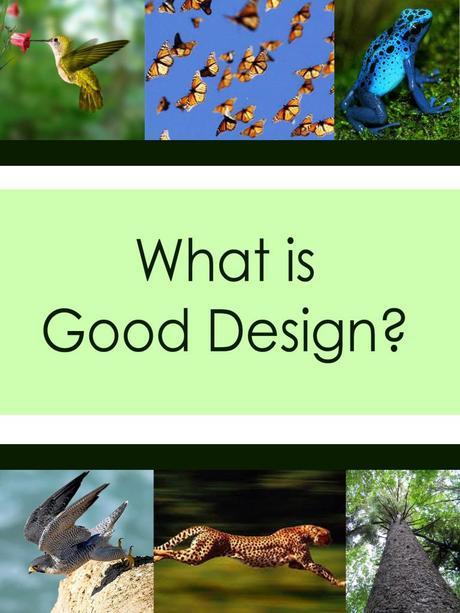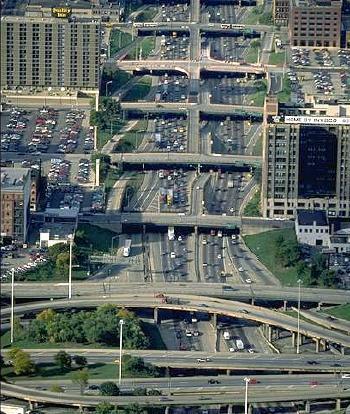
What is good design?
This question was recently raised in a meeting I was attending with a group of Architects. I was dumbfounded to discover that these designers were unable to define ‘good design.’
I took it as quite a concern.
Firstly, if they cannot define good design, what chance do they have of realising it? Secondly, if Architects cannot define good design, how can they justify their necessity as a profession? Lastly, what confidence must the public have in architects if they cannot themselves discern their relevance, which their preliminary purpose must surely be to create ‘good design.’
A common theme from the fellow architects was ‘I know what good design is’ or ‘you know what good design is when you see it,’ but they were unable to elaborate. I was immensely frustrated by what was clearly a superficial outlook, a belief that Design refers to veneer. For me, this couldn’t be further from the truth and this attitude is a complete neglect of an architect’s true responsibility. No other sector plays a greater impact on the environment than the built environment accounting for roughly 40% of energy consumption, 50% of greenhouse gas emissions, as well as enormous thirst for resources. Architects are in a position of responsibility and not are they not stepping up to it, but they don’t even realise their position of authority. We live in a time when intelligent design has never been so critical.

Our impacts as humans are determined by our designs. The difference between good design and bad design is eliminating unnecessary repercussions or by-products.
The statement ‘I know what good design is’ also reflects ignorance on behalf of architects, who think that because it is their design, or because they are ‘designers’ they quite naturally know ‘good design’ with a complete neglect of critical thinking or any justification in their decision making. This weak sense of purpose held by architects justifies the publics neglect to call on architectural services. This neglect of responsibility also justifies the progressive stripping of the architects control over projects. The modern architect not only neglects elements that are most important such as reason, logic and purpose, but they have even been stripped of much of their design responsibilities. The modern architects responsibilities have almost been stripped to simply arranging mass-produced products in a manner as not to offend and choosing proven details from a catalogue. Today’s architect has an engineer to tell them if the structure will stand, a project manager to make sure it gets done on time, a cost surveyor to manage the architects spending. How great, we no longer need to think, but this has come at an cost. Without control over the project, even if the architect were to have a strong vision, by the time responsibilities are distributed to the many parties, the vision has become so diluted and altered that nothing but mediocrity can prevail.
In a time of exploding global populations and an increased thirst globally for consumption, together with mass urbanisation, increased poverty and the endless natural and man made disasters that we face, one would imagine that architects would begin to take more seriously the designs which shape the way humans live. But instead, we continue to exhaust our efforts on the colour and texture of the pantry doors vanity.
I have no criticism of pursuing beauty, in fact I believe that it is critical in uplifting the hearts of men. But good design does not merely refer to aesthetics.

Good design is more than just aesthetics, behind every good design is a strong purpose. The Monarch butterfly is unsuspecting due to it's aesthetic brilliance, but the Monarch butterfly is a remarkable design of astounding purpose. The Monarch butterfly completes a migration from Mexico to Canada in three generations and upon the third generation is a super breed is born to return the journey solo. Intelligent design often goes unnoticed because it causes little repercussions of by-products.
At the most basic level surely ‘good design’ must mean ‘design for purpose.’ In nature, few things are accidental, they have been moulded over time to create perfect and often creative design solutions. Form and function are intrinsic in their relationship. In nature, poor design quickly becomes extinct. Designs with potential continue to evolve until they flourish and find their niche in an ecosystem. As Charles Darwin Hypothesised, in nature it is the ‘survival of the fittest.’ Humanity is not immune to this hypothesis and the fat and lazy built environment we have ‘designed’ will if left unchecked eventually kill us, this is an inevitable conclusion of poor design. But at least our buildings looked good. The sad thing is that not even this is true. There is no justification for poor design. So much that we know to be proven good design, has existed in human knowledge for over 2,000 years and yet we turn our backs. A common aspect found in nature is diversity. In centuries past, buildings were also designed for their climate and context, creating a rich diversity of solutions. Diversity creates resistance. Our society accepts or even promotes linear systems, simple to understand for simple minds and seemingly more cost effective, but in time shortcuts will pay and in a linear system the only way down is to freefall. Where in nature do you see straight lines? Yet this is the only method of construction. To do otherwise is extremely expensive because this is how we have set up the industry. Are straight lines superior? Of course not, few forms are so weak, hence why you will not find them in nature, but why stop to ask if there might be a better way?
Every action has an equal and opposite reaction. We can have minute agenda’s and continue to ignore the bigger picture, but let’s not pretend that what we have created constitutes ‘good design.’ Good design runs very deep, everything has it’s place. The shape and length of a bone in an animal’s skeleton reflects the forces it must resist and the function it must operate. An example of such holistic design is rare in the built environment. Yes we should continue to seek the creation of beautiful things, but like nature this should be the result of purpose rather than the addition of veneers.
It is time that we asked more of designers and more of ourselves, because all that needs to change is our mentality. We have all of the tools and skills to create good design, so be satisfied with nothing less. It’s time we invested in something better.
Dare to be Great.
Josh O’Meara
